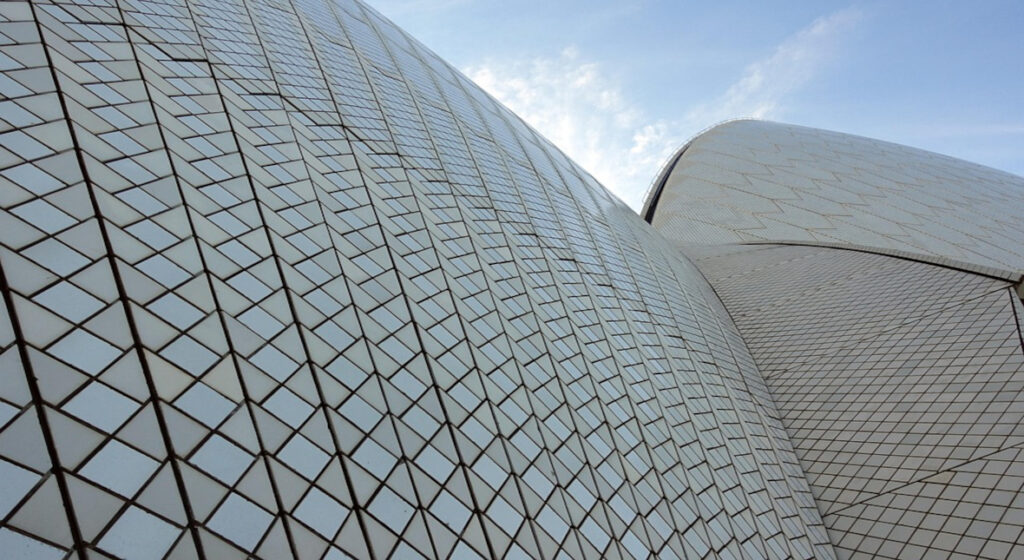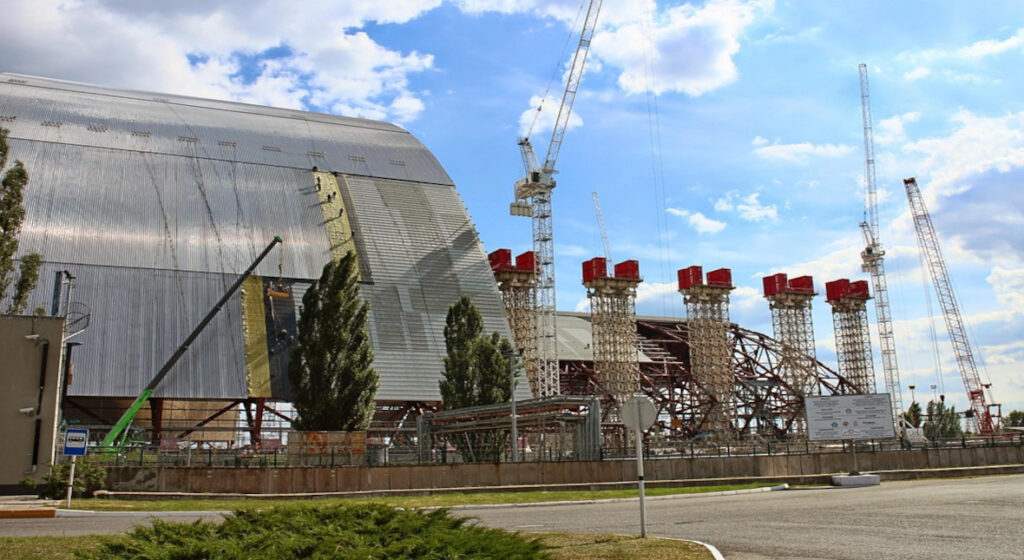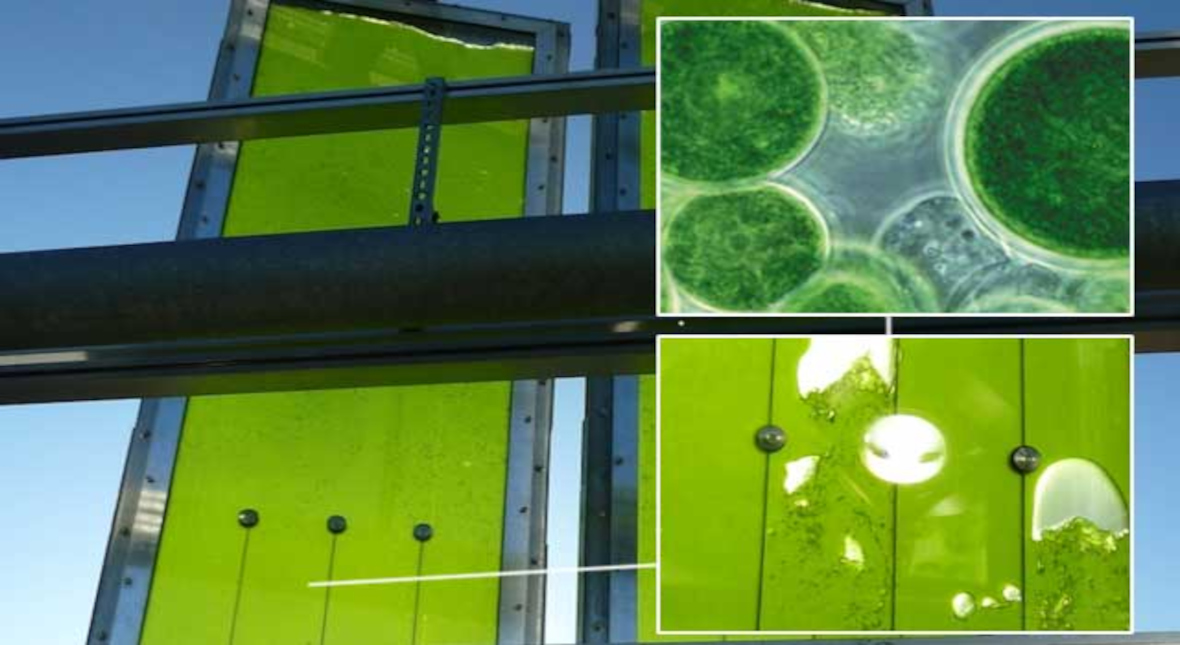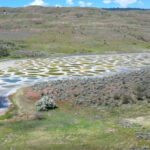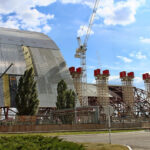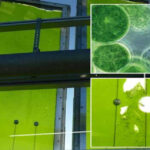Now Reading: Algae-filled facade panels
-
01
Algae-filled facade panels
Algae-filled facade panels
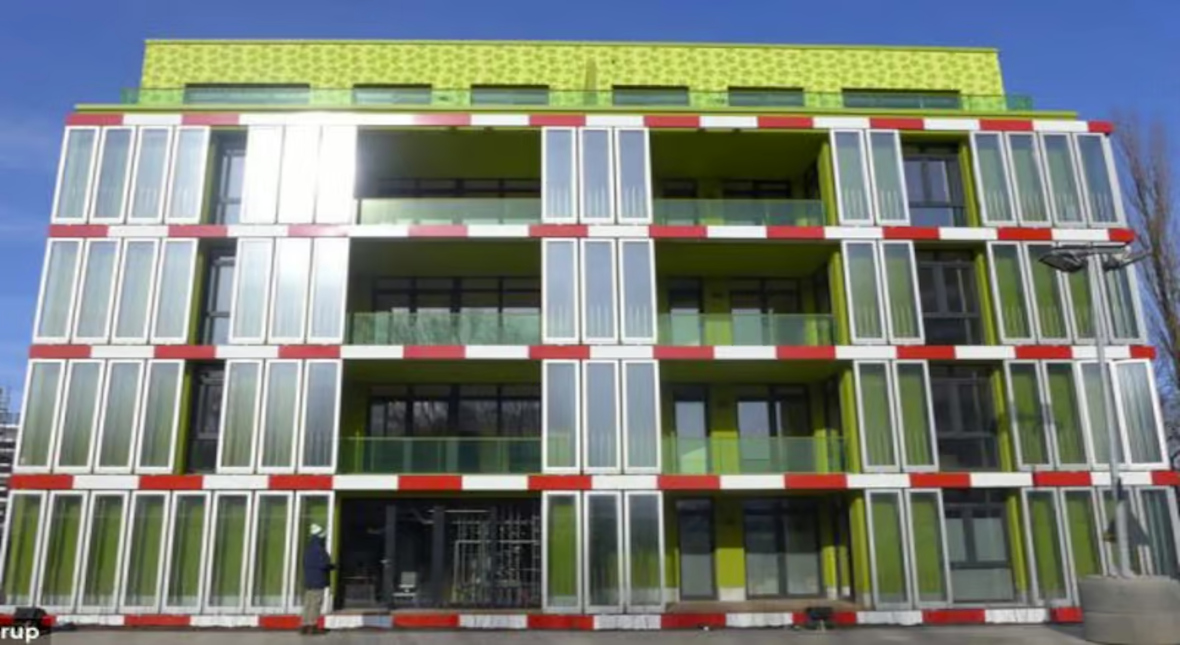
Algae-filled facade panels, like those used in the BIQ building in Hamburg, represent an innovative approach to integrating biotechnology into architecture. These panels are designed to harness the power of algae for energy production and climate control, making them part of a growing trend of bio-solar facades in sustainable architecture. Here’s a deeper dive into how they work, their benefits, and the technology behind them:
How Algae-Filled Facade Panels Work
The key idea behind algae-filled facade panels is that they use microalgae to absorb sunlight and convert it into energy through photosynthesis. Here’s how the system works:
Glass Panels: The panels themselves are typically made of glass or transparent plastic, which allows sunlight to pass through. These panels are sealed with a nutrient solution that provides the right environment for the algae to thrive.
Algae Growth: The algae inside the panels grow by absorbing light through the glass. The photosynthetic process generates energy and creates organic biomass. In the BIQ building’s case, the algae are cultivated in a closed-loop system that enables the algae to produce both biomass and oxygen while removing carbon dioxide from the air.
Temperature Regulation: The algae panels not only generate energy but also provide passive climate control. The algae act as a natural shade, reducing solar heat gain and cooling the building. In cooler weather, the panels’ thermal mass helps insulate the building.
In the BIQ building, the algae panels are essentially bioreactors, where algae are cultivated for both energy production and aesthetic value, creating a dynamic and evolving facade as the algae grow and change color with the seasons.
Energy Production
One of the major benefits of algae-filled panels is their ability to produce renewable energy. The biomass produced through photosynthesis can be harvested and converted into biofuel, heat, or electricity.
Biofuel Production: Once the algae have grown, they can be harvested and converted into biofuels like biodiesel or biogas, which can be used for energy production or heating. This process can either be used on-site to power the building or exported to the grid.
Heat Generation: The algae panels can also generate heat, which is captured and used for space heating, reducing the building’s reliance on traditional heating methods.
Energy Efficiency: By generating its own energy from the algae panels, the building reduces its reliance on external energy sources, lowering its carbon footprint and making it more energy-independent.
Environmental Benefits
The algae-filled panels not only produce energy but also offer several other environmental advantages:
Carbon Sequestration: As algae photosynthesize, they absorb carbon dioxide (CO₂) from the atmosphere, helping to reduce the amount of greenhouse gases in the environment. This makes algae panels a carbon-neutral or even carbon-negative technology.
Air Purification: The algae panels can help improve air quality by absorbing CO₂ and releasing oxygen, which benefits the surrounding environment.
Energy Efficiency and Climate Control: The natural shading provided by the algae panels reduces the amount of energy needed for cooling, thus reducing the building’s overall energy consumption. In winter, the panels act as insulation, helping to keep the building warm.
READ MORE: Future Potential and Developments prediction of algae-filled facade panels
Design and Aesthetic Qualities
The algae-filled facade panels offer a visually dynamic and evolving aesthetic:
Color Variations: Algae can change color depending on the type of algae used and the growth stage. This means that the building’s facade can evolve over time, creating an interactive and ever-changing visual effect.
Transparency: The panels are made from transparent or semi-transparent materials, allowing light to penetrate into the building. This helps maintain natural lighting and provides a modern, sleek appearance while ensuring energy production.
Integration with Architecture: The algae panels are typically integrated into the building’s facade as modular units, making them adaptable to different architectural designs. The flexibility of these panels allows for their use in a variety of building types, from commercial buildings to residential complexes.
Technology and System Integration
The algae-filled panels work as part of a larger system that includes various technological components to monitor and control the process:
Water Circulation System: The nutrient solution in the panels needs to be continuously circulated to provide nutrients to the algae and maintain optimal growth conditions. Pumps and pipes are integrated into the facade to ensure the circulation of water and nutrients.
Temperature Control: The algae growth system requires careful monitoring of temperature, light exposure, and nutrient levels. Sensors are often integrated to ensure that the algae panels are producing energy and regulating temperature effectively.
Harvesting and Processing: Algae need to be periodically harvested, and advanced technologies are used to collect the algae and convert them into usable biofuels. This process can be automated, making it a practical energy source for buildings over time.
Challenges and Considerations
While algae-filled panels offer many advantages, they come with certain challenges that need to be considered:
Maintenance: The algae growth process requires regular maintenance to ensure optimal performance. The panels must be kept clean, and the algae need to be monitored for health and growth rates. Over time, some panels may need to be replaced or repaired.
Energy Storage: Although the algae produce energy, there is still a need for effective storage systems to capture and store the energy for use when needed. This is especially important for buildings that rely on renewable energy sources, which can be intermittent.
Scalability: The technology is still in the early stages of widespread adoption, and scaling algae-based facades to larger buildings or cities may require further development in terms of cost, energy efficiency, and system integration.
Future Potential and Developments
The use of algae-filled facade panels is still an emerging field, and research is ongoing to improve the efficiency and practicality of this technology. Future developments may include:
More efficient algae strains for faster growth and higher energy yields.
Enhanced harvesting techniques to optimize biomass collection and conversion.
Better integration with other renewable energy systems like solar and wind power to create truly energy-independent buildings.
In the future, algae panels could be used on a larger scale as a part of urban infrastructure, creating self-sustaining neighborhoods that rely on bio-energy for heating, cooling, and electricity.
In conclusion, algae-filled facade panels represent a promising and innovative way to combine biotechnology with architecture for sustainability, energy production, and climate control. As the technology matures, it has the potential to become a key component in the development of eco-friendly buildings and smart cities.












